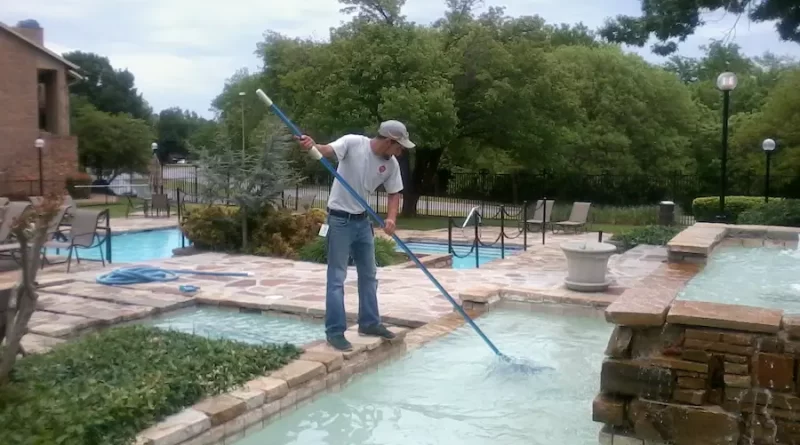What We Should Not Forget Before Removing the Pool
Whether you’re getting ready to take your swimming pool down for the winter or you’re simply putting it up for the summer, there are a few things that we should remember before we take it out of service. First, check for leaks, clean filters, and remove debris. In addition, add chlorine, if needed. Visit yokando if you are looking to purchase any tools before removing the pool.
Checking for leaks
Leaks can cause a pool to sink into the ground. They can occur in the plumbing lines to the pool or in the pool structure. In such cases, pressure testing is needed to identify the source. In many cases, the main drain may be the source of the leak.
There are several ways to check for leaks. One way is to put a dye in the pool and see if it moves. The dye will move toward the leak. Then, you can try to locate the leak. If it is difficult to spot the leak using this method, you can try to use an ink test. This is not a conclusive test, but it is very easy to carry out and is usually enough to find the leak.
Other signs that your pool is leaking include the pool not filling up as often, the auto-fill running continuously, and difficult pH balance. You can also run a bucket test to make sure that there is no leak.
Cleaning filters
Whether you are removing a pool or not, you should always clean the filters first. Filters are often made of a non-woven polyester fabric that creates a tight mesh to filter water. As time goes by, dirt collects on this fabric and diminishes its efficiency. So, you must clean the filters regularly to restore their performance.
Many do-it-yourselfers choose to use muriatic acid to clean pool water filter. The acid is effective at killing algae and other debris, but it should be used carefully to prevent chemical burns. You can make a solution with muriatic acid by mixing 1 part muriatic acid with 20 parts water. Pour this solution into a trash container or large bucket. Leave the filters in the solution until they stop bubbling, and then remove them carefully.
You can also create your own filter cleaning solution by mixing one cup of liquid dish soap with five gallons of warm water. Then, immerse the filter in the solution for between one and eight hours. After this, rinse it out with the hose.
Checking for debris
After you drain the water from the pool, it is important to check for debris. It is likely that leaves and other debris have settled into the pool’s plumbing before the water is actually pumped out. This can cause problems as the water is exposed to the elements during the season. Luckily, there are ways to avoid this problem.
First, make sure that the filter is clean. If the filter is clogged with dirt and debris, it will not work as effectively. Vacuuming the filter is also a good idea. It removes debris from the bottom of the pool and increases the efficiency of the circulation. This will reduce the amount of chlorine needed to maintain the water’s quality.
If you have flood water in your area, make sure you check for debris in the pool before removing it. Heavy rain can cause the water level to rise and overflow into the home. If the debris isn’t too big, pumping out the excess water might be sufficient. Otherwise, you may need to backwash the filter. You can also use a sump pump to get rid of any excess water.
Adding chlorine
Adding chlorine to a swimming pool can help it stay clean and clear. The correct amount of chlorine is required to maintain a healthy pH balance. There are several different types of chlorine, including sodium hypochlorite, calcium chloride, and calcium bicarbonate. These chemicals should be measured and pre-dissolved in a bucket before adding to the pool. Never pour dry chemicals into the pool skimmer, but instead pour around the perimeter.
Adding chlorine is a simple process. The easiest type to use is liquid chlorine, or sodium hypochlorite. The amount should be measured in fluid ounces. The solution should be applied around the perimeter of the pool, and on top of the return inlet. Always remember to wear protective gloves and glasses.
Other alternatives to chlorine include sodium thiosulfate. This product is inexpensive, fast, and does not disrupt pH, water hardness, or alkalinity levels. It is not effective for large bodies of water.

